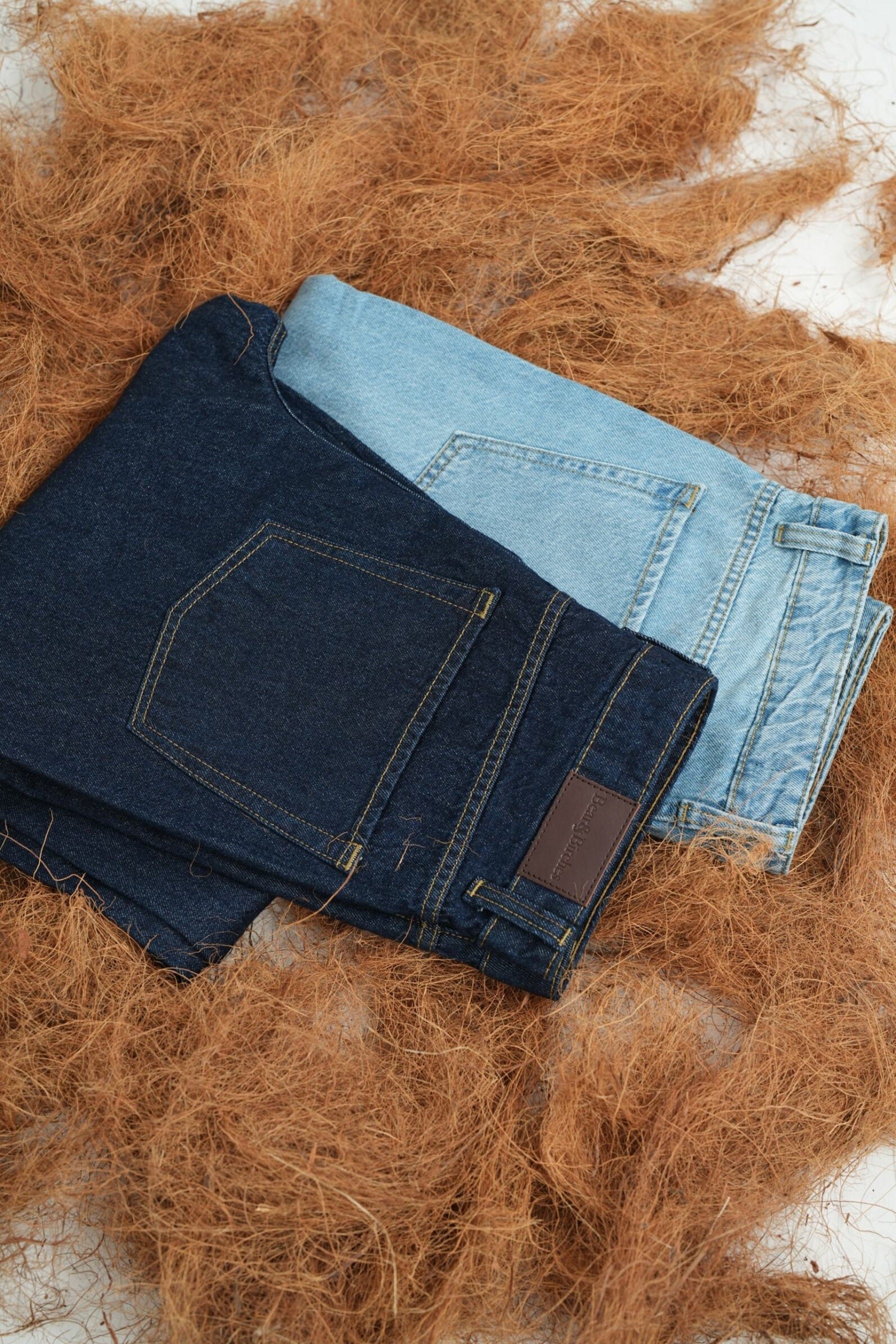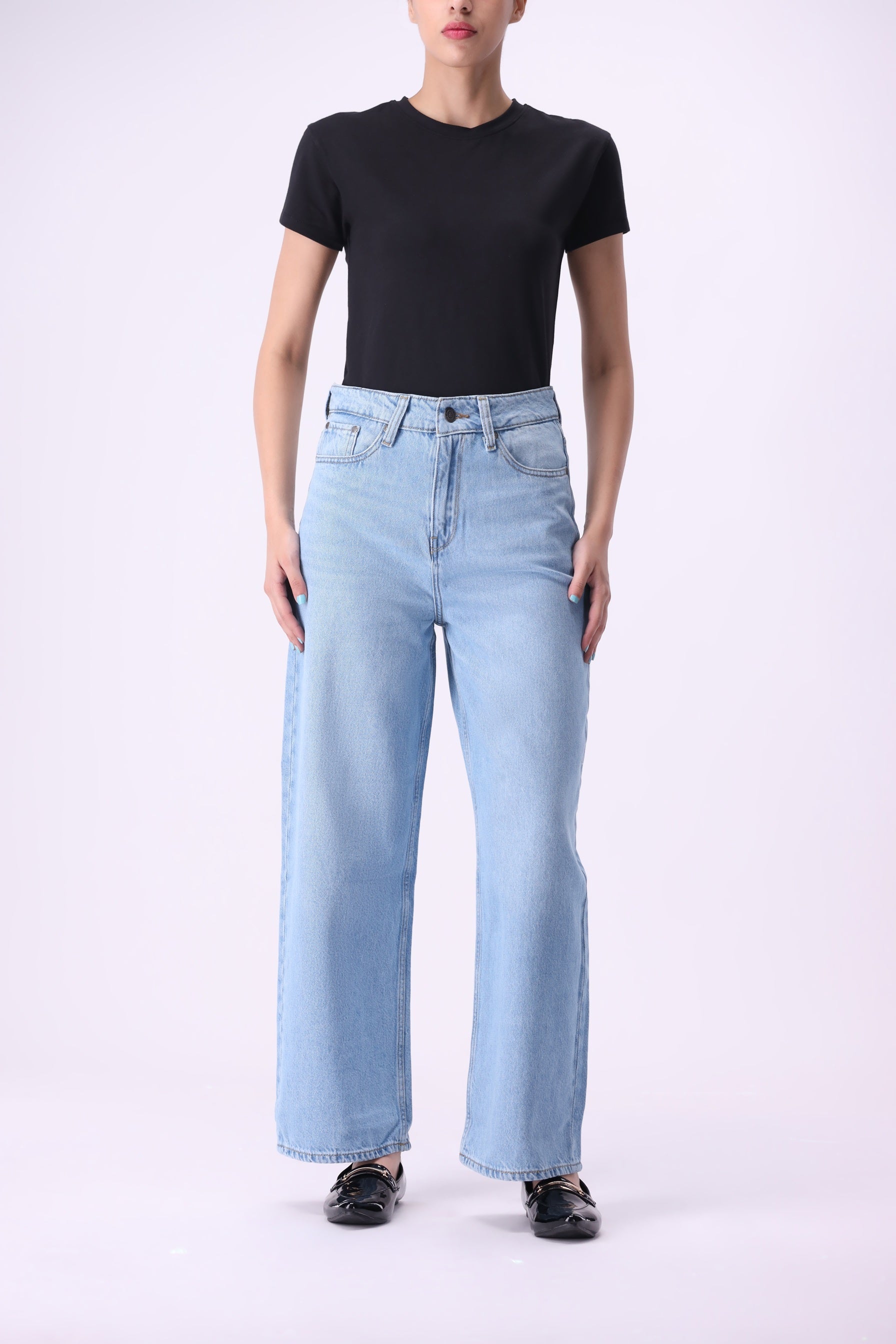A Democratic Fabric That Unites Across Time and Class
Denim: From Workwear to Universal Style
From the Workshop to the World
Few garments have crossed generations, cultures, and social divides as seamlessly as denim. Born in the 19th century as a rugged fabric for miners, railway workers, and laborers, denim was prized for its toughness and utility. It was workwear in its purest sense — built to endure long days on construction sites, farms, and factory floors.
But in just a few decades, denim made a remarkable transition. This utilitarian garment moved from the workshop to the silver screen, from functional uniform to global fashion language. From the working class to Hollywood stars, from counterculture movements to luxury runways, jeans became the great leveler of fashion. Today, they’re worn everywhere — on factory floors, in boardrooms, cafés, tech launches, and even palaces.
Denim as the rebel’s uniform
In the 1950s, James Dean turned jeans into a cultural symbol. His straight-leg denim, white T-shirt, boots, and motorcycle became shorthand for rebellion. What was once workwear became a uniform for independence, defiance, and a new kind of modern masculinity. Dean didn’t invent jeans — but he crystallized their role as a symbol of freedom.
Denim for minimalism as quiet luxury
By the 1990s, Carolyn Bessette Kennedy redefined what it meant to wear denim. Her minimalist, precise approach elevated jeans through restraint, not embellishment. With straight cuts, neutral palettes, and timeless pairings, she showed that denim could belong in the realm of quiet luxury. Her influence proved that jeans could move effortlessly from casualwear to an emblem of refinement.
Denim for casual elegance in public life
Princess Diana brought yet another dimension to denim’s story. Her off-duty looks — jeans paired with blazers, loafers, and relaxed sweaters — balanced grace with approachability. She softened the image of royalty, showing how denim could bridge tradition and modernity, formality and relatability.
The Universality of Jeans
Each of the above icons and even more have used denim to communicate something larger than clothing. For example, for Dean, it was rebellion. For Bessette Kennedy, it was minimalist elegance. For Diana, it was casual but royal grace. Overall, my sense is that it reminds us that denim is not just fabric, but a cultural mirror, reflecting the values and moods of its time. The legacy continues today. Denim is now seen on cultural leaders in every sphere — including tech visionaries like Steve Jobs, who famously wore jeans while unveiling revolutionary products. It proves that denim adapts itself to context, carrying meaning across professions and generations. Denim needs to go a step further now i.e., from a fabric that showcases individual beauty and elegance to contributing to saving the world. Towards responsibility.
A Question for You
Personally, denim has been part of my life as long as I can remember. I have my favorite fits, and I still search for the pair that best captures my mood and style. But the broader question remains:
👉 What does denim mean to you?
👉 Which cultural figures or personal experiences inspire how you wear jeans?
Share your perspective in the comments — the conversation is what makes denim a truly democratic fabric.




Leave a comment
All comments are moderated before being published.
This site is protected by hCaptcha and the hCaptcha Privacy Policy and Terms of Service apply.